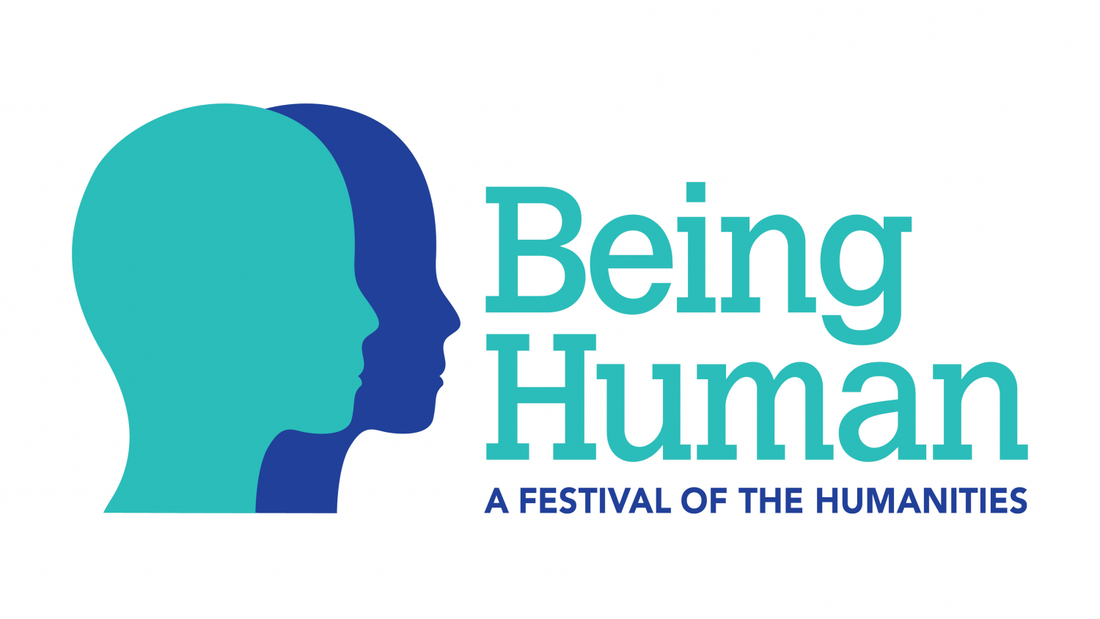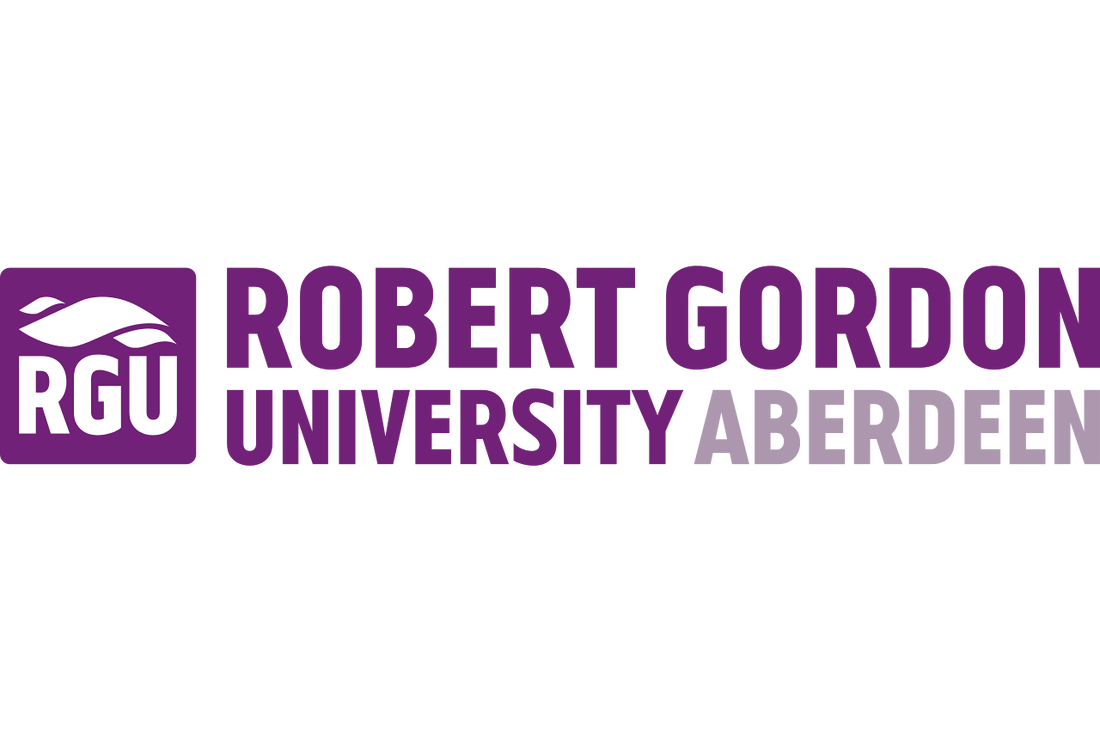LOUISE ESSON SINCLAIR (1887-1955)
Louise E Sinclair was a nurse during World War One, she served in the Balkans with the Scottish Women’s Hospital.
She was born in 1886 at Coutts Close, Holburn Street, Aberdeen, the daughter of William Sinclair and Elizabeth Jane Esson. Her parent’s marriage was not a happy one, her mother raised her, working as a tailor’s assistant. Her mother instigated divorce and remarried John Elrick, a mechanical engineer.
By the time Louise was 14 years old, she was working as a tailor’s machinist, living with her mother and stepfather at Spa Street, Aberdeen. Ten years later she had been promoted to a tailoress, still living with her parents, this time in Skene Street.
Shortly after 1911, Louise decided to change her career, she began her nursing training at Ruchhill Hospital in Glasgow. This was followed for a short period working at the Northern Home, Aberdeen. Louise then worked at the East Park Home, in Maryhill, Glasgow between 1915 to 1917 – a residential nursing home for children who had additional support needs.
She met other nurses, who were keen to play their part for King and Country, at home and abroad. By 1917, with all her experience she had a choice of who and where she chose to serve. She applied for a post at a Scottish Women’s Hospital (SWH).
The SWH was an important organisation, it was set up by Dr Elsie Inglis who had studied medicine in Edinburgh and started a private practice there in 1895. She had played an instrumental role in starting many valuable organisations for the medical care of women and children in the city. She was also an ardent suffragist and by 1906 she was the Honorary Secretary of the Scottish Federation of Women’s Suffrage Societies. When the First World War was declared the Society used its funds to help establish the “Scottish Women’s Hospital for Foreign Service”. This was a mobile, fully equipped, hospital entirely staff by women. Dr Inglis offered the hospital services to the British War Office, but they declined. Not deterred, Dr Inglis offered the hospital services to the French and Serbian governments, who were very much in need of medical expertise.
On joining the SWH Louise was assigned to the Ostrovo Unit, which was based near Lake Ostrovo in Macedonia, about 90 miles west of Salonika.
It was a field hospital of approximately 200 tents, the Chief Medical Officer in charge of the unit was Dr Emslie, another Scot. The Unit was often referred to as the America Unit because most of its funding came from America. Louise served with the Unit between the Sept 1918 until August 1919. The Unit was under command of the Serbian Army.
Shortly after Louise’s arrival the armistice with Bulgaria was announced and the Unit had orders to move – the Unit were given the opportunity to go home rather than face the difficulties and challenges of the 311-kilometre journey – no one voted to go home.
The Unit’s new post was at a village called Vranje, in Northern Serbia, an army barracks to use as a hospital. The work of the Unit was compounded by the fact that it was in a filthy condition, and they were working by candlelight. There was no time to rest. The barracks was already overflowing with 450 extremely ill patients. Most of the surgical cases, were still in their original field dressings. Many were also suffering from broncho-pneumonia and pleurisy.
Among the many tasks was a request to accept British soldiers from the British Transport Company, as patient in the hospital. They were working with the Serbian Army, and some were suffering from the Spanish Influenza. This was one of the very few cases where the SWH looked after their own soldiers. Two wards were reserved for the British Transport Unit. When the hospital was properly set up, if provided 300 beds.
The hospital was for male patients, but the civilian population were also in dire need of help and the unit set up an outpatient department for the women and children of the village. Many of the local population were suffering from malnutrition, and wounds from bombing and exploding shells.
Louise’s nursing career had involved working with children, in her early years. Her choice to volunteer in a field hospital, nursing men with horrific war wounds, dangerous disease such as Typhus, showed her skill, resilience, courage and bravery.
Louise travelled home in August 1919. While with the unit she worked with fellow Scots, amongst them would have been Aberdonian Dr Myra Mackenzie. Dr Mackenzie was the first female graduate in medicine at Aberdeen University in 1900. She had a successful and prominent career in medicine.
It is a little-known fact that the Unit were awarded many decorations for their work. The Serbian Army awarded 52 member of the unit the Royal Red Cross, several also receive the Order of Saint Sava. The whole unit were awarded with the “Gold medal for Zealous Service”. In 1921 they were awarded the Victory Medal and the British War Medal by the British Committee of the French Red Cross.
Details of Louise’s life after her experiences in the Balkans, are a bit sparse.
The Nursing Registration Act came into law in 1919, and initially it wasn’t compulsory to register. There is no evidence of Louise registering as a nurse with them.
The Electoral Roll showed Louise living with her mother and stepfather in Aberdeen, in 1921. By 1925 she was living in Motherwell, where she married Alexander Anderson, a boilermaker by trade. They had a daughter, Elizabeth Isobel Anderson, born in November 1927. The family continued to live in Motherwell until Louise’s death on the 6 May 1955, aged 68 years.
Entry written by Karen Shaw.
Further Reading
Fitzroy, Y & Shaw McLaren, E. Scottish nurses in the First World War: with the Scottish nurses in Roumania by Yvonne Fitzroy & A history of the Scottish Women’s Hospitals. Leonaur Publishing, 2013.
Ross, I. Little grey partridge: First World War diary of Ishobel Ross who served with the Scottish Women’s Hospitals unit in Serbia. Aberdeen: Aberdeen University Press, 1988.
She was born in 1886 at Coutts Close, Holburn Street, Aberdeen, the daughter of William Sinclair and Elizabeth Jane Esson. Her parent’s marriage was not a happy one, her mother raised her, working as a tailor’s assistant. Her mother instigated divorce and remarried John Elrick, a mechanical engineer.
By the time Louise was 14 years old, she was working as a tailor’s machinist, living with her mother and stepfather at Spa Street, Aberdeen. Ten years later she had been promoted to a tailoress, still living with her parents, this time in Skene Street.
Shortly after 1911, Louise decided to change her career, she began her nursing training at Ruchhill Hospital in Glasgow. This was followed for a short period working at the Northern Home, Aberdeen. Louise then worked at the East Park Home, in Maryhill, Glasgow between 1915 to 1917 – a residential nursing home for children who had additional support needs.
She met other nurses, who were keen to play their part for King and Country, at home and abroad. By 1917, with all her experience she had a choice of who and where she chose to serve. She applied for a post at a Scottish Women’s Hospital (SWH).
The SWH was an important organisation, it was set up by Dr Elsie Inglis who had studied medicine in Edinburgh and started a private practice there in 1895. She had played an instrumental role in starting many valuable organisations for the medical care of women and children in the city. She was also an ardent suffragist and by 1906 she was the Honorary Secretary of the Scottish Federation of Women’s Suffrage Societies. When the First World War was declared the Society used its funds to help establish the “Scottish Women’s Hospital for Foreign Service”. This was a mobile, fully equipped, hospital entirely staff by women. Dr Inglis offered the hospital services to the British War Office, but they declined. Not deterred, Dr Inglis offered the hospital services to the French and Serbian governments, who were very much in need of medical expertise.
On joining the SWH Louise was assigned to the Ostrovo Unit, which was based near Lake Ostrovo in Macedonia, about 90 miles west of Salonika.
It was a field hospital of approximately 200 tents, the Chief Medical Officer in charge of the unit was Dr Emslie, another Scot. The Unit was often referred to as the America Unit because most of its funding came from America. Louise served with the Unit between the Sept 1918 until August 1919. The Unit was under command of the Serbian Army.
Shortly after Louise’s arrival the armistice with Bulgaria was announced and the Unit had orders to move – the Unit were given the opportunity to go home rather than face the difficulties and challenges of the 311-kilometre journey – no one voted to go home.
The Unit’s new post was at a village called Vranje, in Northern Serbia, an army barracks to use as a hospital. The work of the Unit was compounded by the fact that it was in a filthy condition, and they were working by candlelight. There was no time to rest. The barracks was already overflowing with 450 extremely ill patients. Most of the surgical cases, were still in their original field dressings. Many were also suffering from broncho-pneumonia and pleurisy.
Among the many tasks was a request to accept British soldiers from the British Transport Company, as patient in the hospital. They were working with the Serbian Army, and some were suffering from the Spanish Influenza. This was one of the very few cases where the SWH looked after their own soldiers. Two wards were reserved for the British Transport Unit. When the hospital was properly set up, if provided 300 beds.
The hospital was for male patients, but the civilian population were also in dire need of help and the unit set up an outpatient department for the women and children of the village. Many of the local population were suffering from malnutrition, and wounds from bombing and exploding shells.
Louise’s nursing career had involved working with children, in her early years. Her choice to volunteer in a field hospital, nursing men with horrific war wounds, dangerous disease such as Typhus, showed her skill, resilience, courage and bravery.
Louise travelled home in August 1919. While with the unit she worked with fellow Scots, amongst them would have been Aberdonian Dr Myra Mackenzie. Dr Mackenzie was the first female graduate in medicine at Aberdeen University in 1900. She had a successful and prominent career in medicine.
It is a little-known fact that the Unit were awarded many decorations for their work. The Serbian Army awarded 52 member of the unit the Royal Red Cross, several also receive the Order of Saint Sava. The whole unit were awarded with the “Gold medal for Zealous Service”. In 1921 they were awarded the Victory Medal and the British War Medal by the British Committee of the French Red Cross.
Details of Louise’s life after her experiences in the Balkans, are a bit sparse.
The Nursing Registration Act came into law in 1919, and initially it wasn’t compulsory to register. There is no evidence of Louise registering as a nurse with them.
The Electoral Roll showed Louise living with her mother and stepfather in Aberdeen, in 1921. By 1925 she was living in Motherwell, where she married Alexander Anderson, a boilermaker by trade. They had a daughter, Elizabeth Isobel Anderson, born in November 1927. The family continued to live in Motherwell until Louise’s death on the 6 May 1955, aged 68 years.
Entry written by Karen Shaw.
Further Reading
Fitzroy, Y & Shaw McLaren, E. Scottish nurses in the First World War: with the Scottish nurses in Roumania by Yvonne Fitzroy & A history of the Scottish Women’s Hospitals. Leonaur Publishing, 2013.
Ross, I. Little grey partridge: First World War diary of Ishobel Ross who served with the Scottish Women’s Hospitals unit in Serbia. Aberdeen: Aberdeen University Press, 1988.



